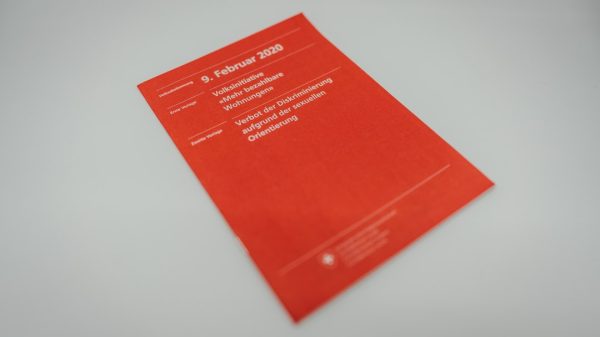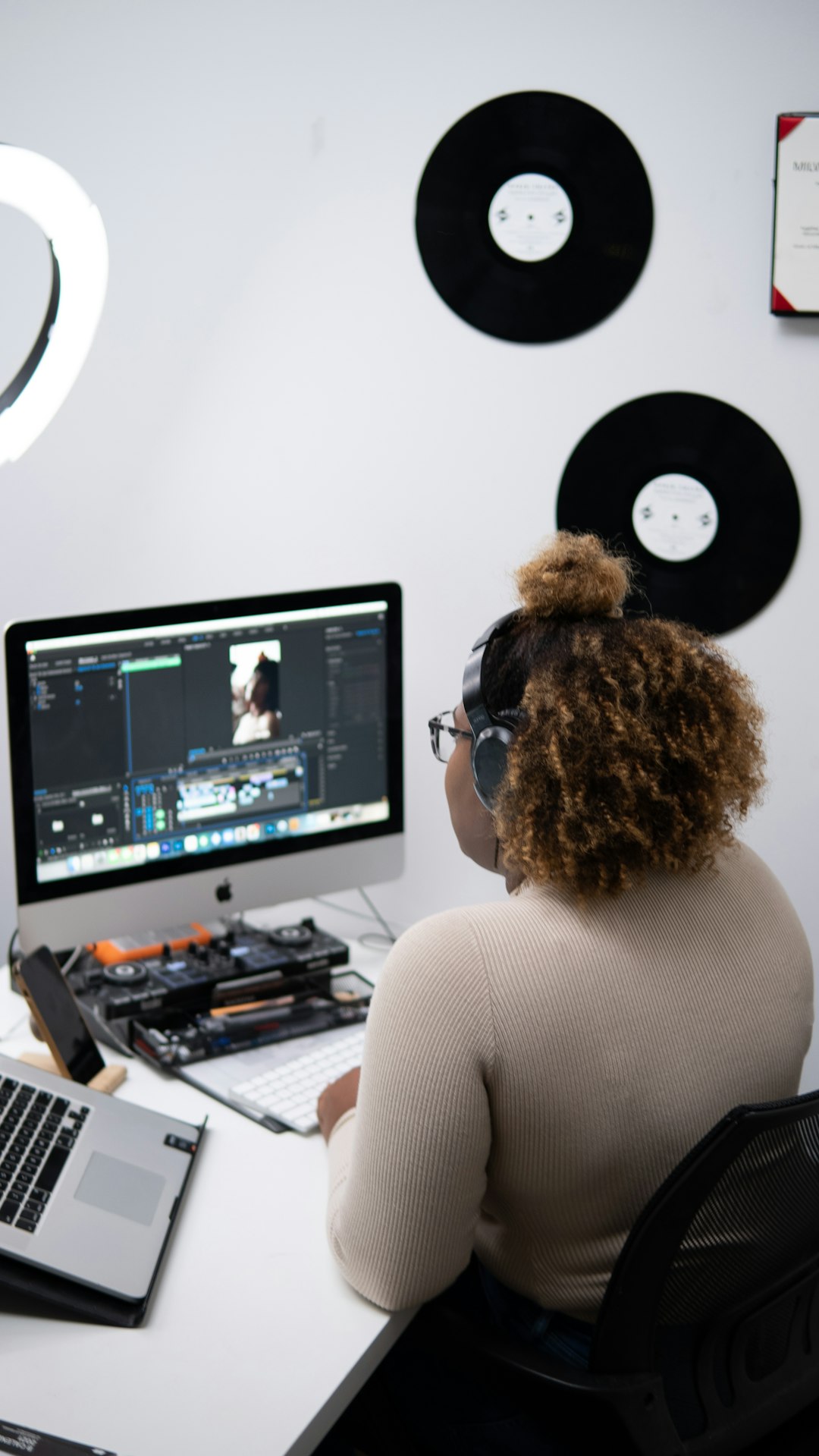In 2025, the rapid evolution of artificial intelligence is transforming video creation as we know it. From automating mundane editing tasks to generating relevant B-roll footage and adding real-time subtitles with pinpoint accuracy, AI-powered video tools are making high-quality content creation accessible at scale. What once required entire production teams, weeks of time, and substantial budgets can now be achieved with a few clicks — powered by machine learning models trained to understand visual and audio context.
The Rise of AI in Video Production
During the early 2020s, creators began to see the benefits of AI tools in their workflows — primarily in editing and transcription. Fast-forward to 2025, and these tools have evolved into robust platforms capable of handling end-to-end video production. Whether it’s a YouTuber working from home, a digital marketing team creating branded content, or a large-scale production studio, AI is enabling faster turnovers and higher output without sacrificing quality.
Modern AI video platforms are trained on vast datasets of visual and audio elements. They can recognize not only spoken words but also emotional cues, facial expressions, gestures, and environmental context. This means that video editing is no longer just about cuts and transitions — it’s now about understanding intention and narrative, something AI is learning to do remarkably well.

AI-Powered Editing: Smarter and More Intuitive
One of the most impressive advancements has been in AI-driven video editing. Unlike traditional editing software that relies entirely on manual input, today’s AI editors use contextual cues to make intelligent edits. For example:
- Automatically trimming silences or filler words in interviews
- Recognizing the most emotionally engaging moments and highlighting them
- Suggesting cuts based on scene changes, voice tones, or background noise levels
- Auto-color grading by matching a desired style or mood from reference footage
Additionally, many platforms now offer language models specifically trained on editing conventions — these models understand timing, pacing, transitions, and even cultural context, greatly boosting storytelling quality.
Subtitle Generation That Goes Beyond Transcription
Real-time subtitle generation has vastly improved, moving far beyond basic transcription. AI-generated subtitles in 2025 offer multiple benefits:
- Multilingual support: AI can now translate and localize subtitles into over 100 languages with high accuracy, making videos accessible to global audiences.
- Context sensitivity: It identifies slang, idioms, and emotional tone — ensuring that translations are not just literal, but culturally accurate and engaging.
- Stylistic customization: Users can apply different fonts, animations, and placements based on audience demographics or platform requirements (e.g., YouTube, TikTok, LinkedIn).
These smart subtitles boost accessibility and SEO while enhancing user retention by keeping audiences engaged — especially in mobile-first platforms where audio might be turned off.

Auto-Generated B-Roll: Filling the Gaps Seamlessly
In traditional video production, sourcing or capturing B-roll footage was labor-intensive. In 2025, however, AI doesn’t just help find suitable clips — it can create them. Generative AI models trained on thousands of hours of visual media can produce realistic, synthetic B-roll that’s stylistically and thematically aligned with the main footage.
Some features of AI-generated or AI-suggested B-roll include:
- Scene matching: Suggests or auto-inserts transition clips that match the tone and setting of your primary footage.
- Topic alignment: Using voice analysis, AI listens to the script and recommends B-roll based on keywords or topics being discussed.
- Style harmony: Adjusts color schemes, lighting, and frame rate to blend seamlessly with the main video.
This feature is particularly useful for journalism, educational content, and documentary filmmaking, where supplemental visuals are often needed to illustrate or contextualize spoken content — without requiring additional shooting days.
Scaling Content Like Never Before
For businesses and creators producing video content across multiple languages, regions, or platforms, scale used to be an obstacle. With today’s AI video tools, scale becomes an advantage. Here’s how AI enables this expansion:
- Versioning: Automatically creates several renditions of the same video (e.g., square for Instagram, vertical for TikTok, widescreen for YouTube).
- Localization at scale: Adjusts voiceovers, subtitles, and even visual references for specific cultural audiences.
- Automation APIs: Connects content libraries with generation engines to create dozens or even hundreds of video variations for marketing campaigns, e-commerce, or education at once.
Companies like Lumen5, Runway, and Pictory are among the many players pushing the envelope in this space, supported by advancements in OpenAI, Meta’s AI Lab, and Google DeepMind research breakthroughs.

The Future of AI Video Tools
Looking ahead, we can expect AI tools to become even more tightly integrated into daily content creation. Future capabilities may include:
- Live feedback from AI editors during shoots for better results
- Hyper-personalized content generation based on user data or preferences
- Ethical review layers ensuring AI-generated visuals and voices follow community guidelines and reduce misinformation
As with any technology shift, challenges around misinformation, deepfake misuse, and intellectual property will persist. However, as developers integrate safety nets and verification systems, AI video tools could play a pivotal role in democratizing storytelling — enabling anyone with a message to tell it beautifully, accurately, and at scale.
FAQs
- Q: Are AI video editing tools suitable for beginners?
A: Yes. Many platforms are designed with beginner-friendly interfaces, offering drag-and-drop controls and preset automation. Even those with no editing experience can create polished videos quickly. - Q: How accurate are AI-generated subtitles?
A: In 2025, subtitle accuracy is generally over 95% for major languages and continues to improve. Contextual understanding ensures that idioms, jargon, and tone are also well translated. - Q: Can AI create complete videos from text input?
A: Yes. AI can now generate full video sequences, including visuals, transitions, voiceovers, and B-roll, simply from a script or article. Results vary based on quality of prompts and training data. - Q: What platforms integrate AI video tools?
A: Examples include Descript, Pictory, Synthesia, Lumen5, Adobe Firefly, and RunwayML. Most offer cloud-based environments with collaboration and API support. - Q: Is there a risk of generic content due to AI use?
A: While automation reduces manual work, creativity still matters. Users can override AI suggestions and provide creative direction to maintain uniqueness and brand voice.


































